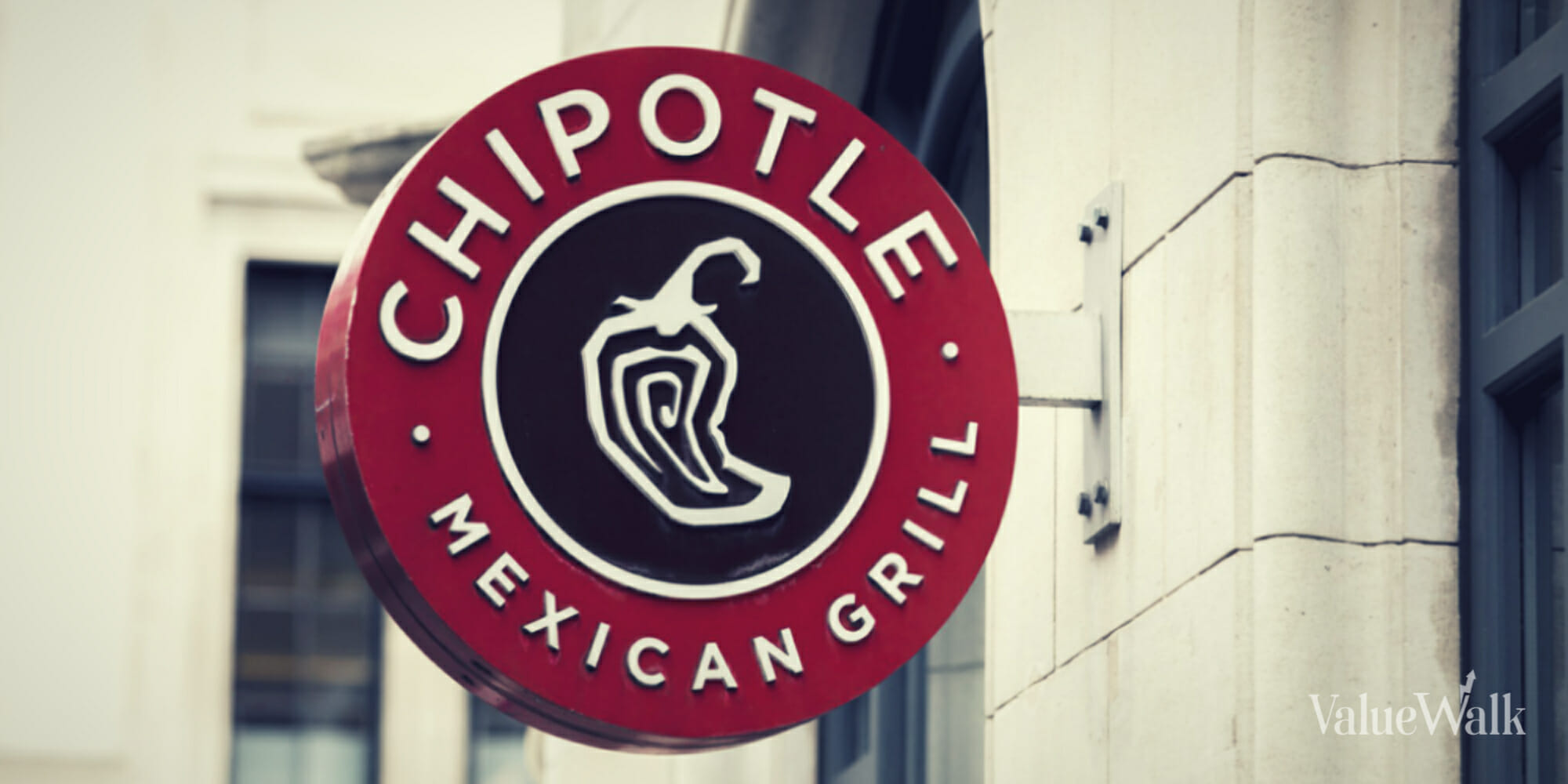Massif Capital commentary for the month of July, titled, “Why you Need to Find the Next Equinox Gold.”
Q2 2020 hedge fund letters, conferences and more
The price of gold has appreciated ~60% over the last two years. Massif Capital's investment in gold miners has appreciated ~120% over the same period, mainly attributable to M&A activity. We strongly believe that M&A continues to be an essential catalyst for gold investments and a necessary lens to evaluate future gold investments.
Investment In Equinox Gold
Our investment in Barrick Gold paid off quickly as a result of the firm's merger with Randgold. An early investment in Continental Gold paid off when Zinjin Mining purchased it, and our existing investment in Equinox Gold continues to benefit from its drive for size, the result of thoughtful and accretive acquisitions.
Senior and mid-tier gold producers, which traded at reasonable discounts to their net asset value just two years ago, now have strong balance sheets, growing cash piles, and principally trade with the price gold. What these firms don't have are pipelines of projects, or strong-non commodity price catalysts to prompt equity appreciation.
On the other hand, junior miners are increasingly feeling the passive investment pinch, which will drive management teams to sell. A shortage of resource focused investors has resulted in many juniors that have development projects struggling to raise capital. At the same time, single asset producers often lack catalysts to drive price appreciation independent of the commodity price.
Furthermore, many development projects (or single asset producers) are not big enough to attract the attention of passive flows or institutional investors. The reality of this situation is well understood by the management team at Equinox Gold, who recognized that building to size quickly so that they could attract passive flows and institutional investors was going to be paramount for long term success.
How do investors take advantage of this situation? Massif Capital is deploying a strategy focused on two types of firms:
- Single asset developers/single asset producers with a management team interested in selling or incapable of building a multi-asset producer (for example SEMAFO, Newcastle Gold, Anfield Gold)
- Single/multi-asset firm's with management teams focused on building multi-asset companies via mergers and acquisitions and an eye towards becoming a million-ounce producer (for example SSR Mining, Equinox, Endeavor)
Why Focus On These Types Of Firms?
Many senior producers are stuck with little opportunity to make transformational moves. In the case of both Barrick and Newmont, they have reached a size that makes sensible acquisitions that will move equity prices difficult. Both Barrick and Newmont are focused on tier one deposits – a type of resource that doesn't come along very often. When they do, it's hard to acquire them without paying a steep premium. Both firms will make acquisitions, they need to replace ounces after all, but its difficult to see how they will make acquisitions that will be accretive in the near term and as such drive equity prices. The senior's trade as a proxy for the gold price, and as such are just a bet on commodity prices.
If you go the next level down in size, a handful of sub-senior producers have strong balance sheets and significant cash (Kirkland Lake, for example). Still, it won't be easy for these types of firms to build themselves into senior producers. It is not easy to make yourself into a 5 million ounce a year producer buying up 100,000 oz-250,000 oz producers. Firms of this size can merge, but those will be tricky mergers to negotiate, and the risks are high.
We would be interested in several mid-tier firms merging via at-the-market transactions, but not many management teams appreciate the strategic nature of such a deal. This is unsurprising. Management teams get paid for negotiating a rich premium in a sale. They do not get paid for helping sell their firm to another such that new firm, which they are no longer the CEO of, is well-positioned in its industry to compete.
Few large mergers can come off without a hitch in the mining space the way the Randgold-Barrick merger did. On the other hand, building a million-ounce producer by collecting a few 100,000 oz - 250,000 oz producers is eminently possible.
Equinox Gold has laid out a clear path for any regional producer with eyes on growth to follow. Sweat your producing assets for cashflow and thoughtfully invest in expansion via acquisition. Build yourself from a 100,000 oz - 250,000 oz producer to a 1 million oz producer and enjoy the benefits of passive flows and institutional cash.
Investors would be well served by building their gold allocations around a handful of carefully selected regional producers that are aiming to grow and then surrounding those core investments with a few single asset firms that are primed for sale.






